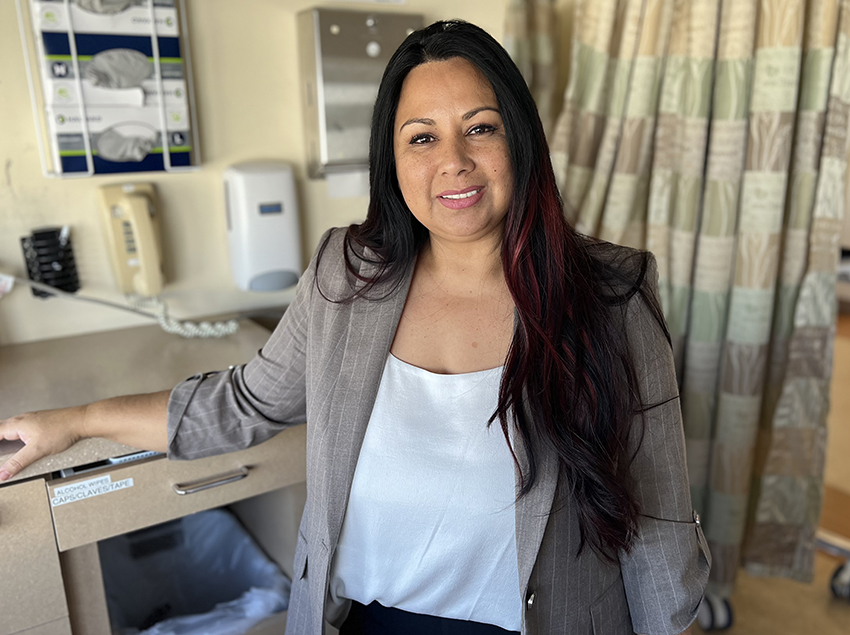Feature
Six Ways to Improve Collaboration on Nursing Teams
The goal is to overcome obstacles

Is your unit made up of soloists who’d rather not join the choir? Not only is that lack of collaboration frustrating, it can negatively impact everyone involved — including the patients and families who are counting on you all to work as a team.
Effective collaboration isn’t a luxury. In fact, collaboration is one of the basic nursing responsibilities outlined by California’s Nursing Practice Act. Strong coordinated efforts — including interdisciplinary relationships — are also part of the American Nurses Credentialing Center’s “exemplary practice” requirement for organizations seeking Magnet status.
The bottom line is that collaborating effectively with other nurses, doctors and allied healthcare staff is one of your professional and legal responsibilities as a nurse. Regardless of your feelings towards that difficult doctor, you still have to share notes to ensure the best quality of care for your patients. Studies show that effective nurse-physician communication improves survival rates in the ICU while dysfunctional communication can cause medication errors, patient injuries or even patient deaths.
Why Collaboration is Often Ineffective
Too often, effective teamwork exists more in theory than in practice. Why? Unfortunately, there are more barriers to effective collaboration in healthcare than you can shake a stick at.
In their chapter on professional communication and team collaboration in the Agency for Healthcare Research and Quality’s 2008 manual, Patient Safety and Quality: An Evidence-Based Handbook for Nurses, Michelle O’Daniel, MHA, MSG, and Alan H. Rosenstein, M.D., MBA, offer the following list of common obstacles to collaboration between members of the healthcare team:
- Personal values and expectations
- Personality differences
- Hierarchy
- Disruptive behavior
- Culture and ethnicity
- Generational differences
- Gender
- Historical interprofessional and intraprofessional rivalries
- Differences in language and jargon
- Differences in schedules and professional routines
- Varying levels of preparation, qualifications and status
- Differences in requirements, regulations and norms of professional education
- Fears of diluted professional identity
- Differences in accountability, payment and rewards
- Concerns regarding clinical responsibility
- Complexity of care
- Emphasis on rapid decision-making.
Overcoming Obstacles
Reading through this list of common barriers, you’ve probably found yourself nodding in recognition and possibly even wondering how with all these obstacles there can be any quality patient care at all.
There will always be impediments to communication and collaboration. However, that doesn’t mean there aren’t tried and true ways to overcome those barriers. Here are six strategies to help you do it:









